Why indoor air quality matters
Dust, pollen, odors and VOCs build up indoors often without you noticing. Here’s why it matters and how to clear the air.
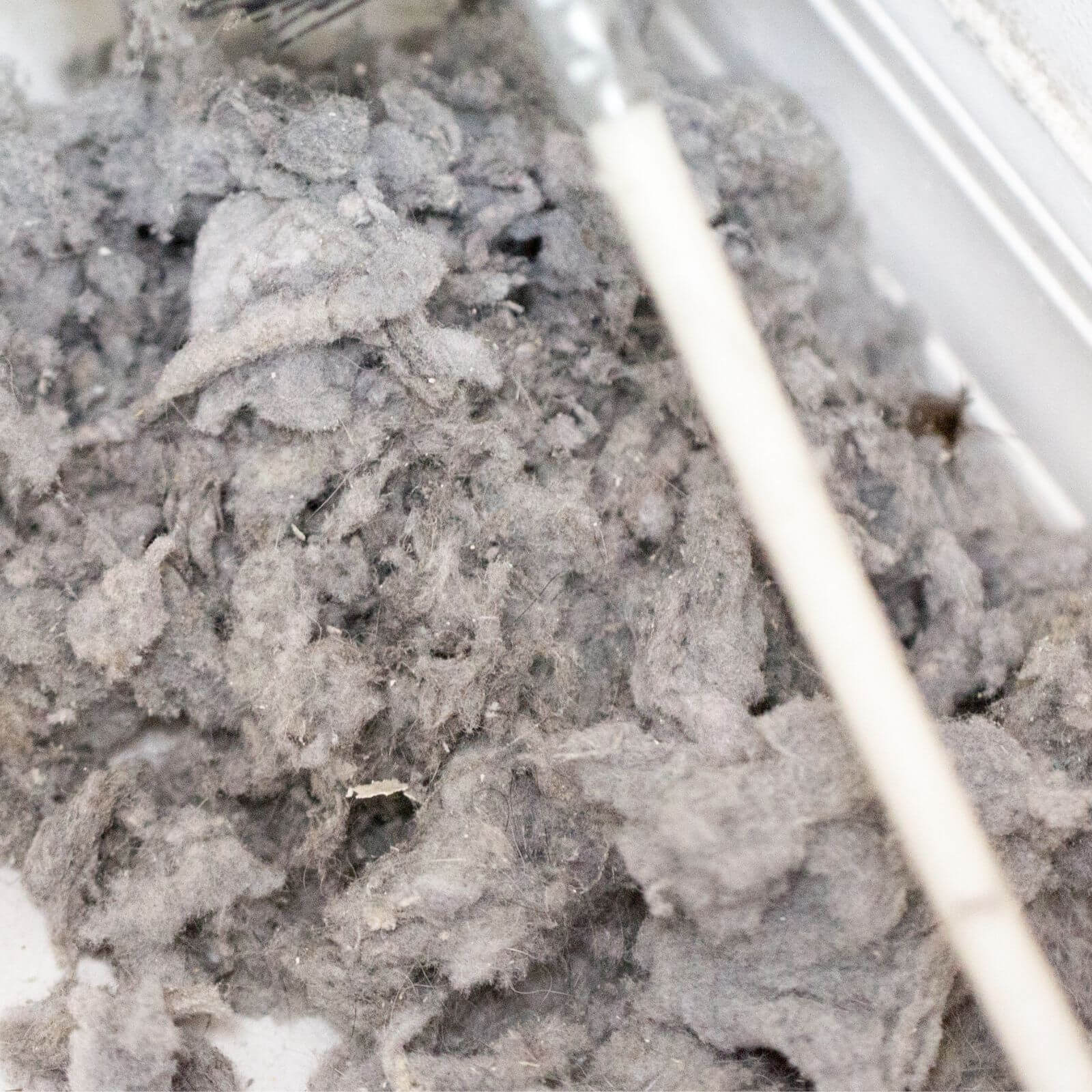
What builds up in your air
- Fine dust and lint from fabrics and the outdoors
- Pollen and pet dander
- Cooking, candle and smoke odors
- VOCs (like formaldehyde) from new furniture and paint
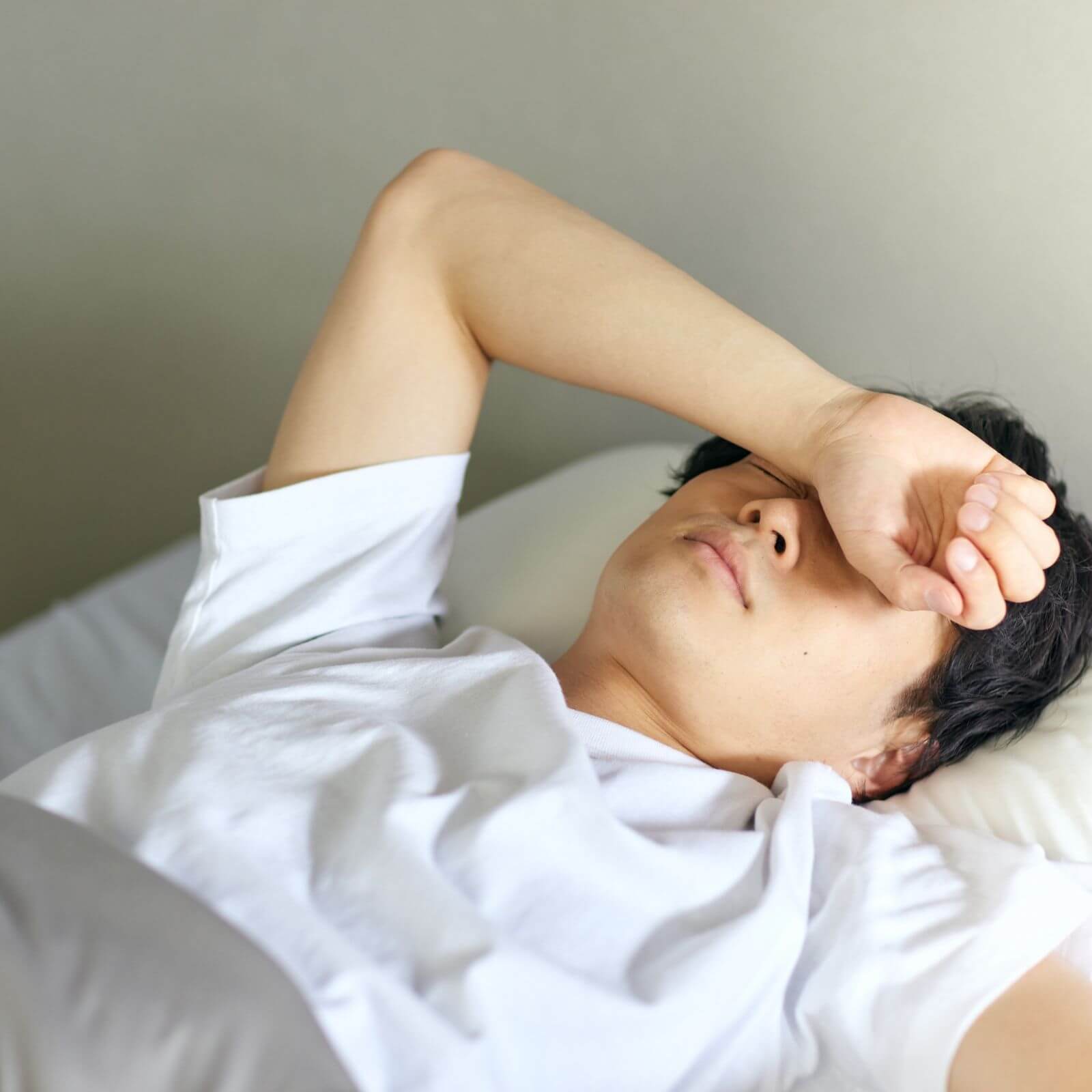
What poor air can do over time
- Stuffy mornings and more throat/eye irritation
- Rest and sleep feel worse; rooms stay stale
- Odors cling to fabrics and linger longer
- Allergy symptoms can worsen with exposure
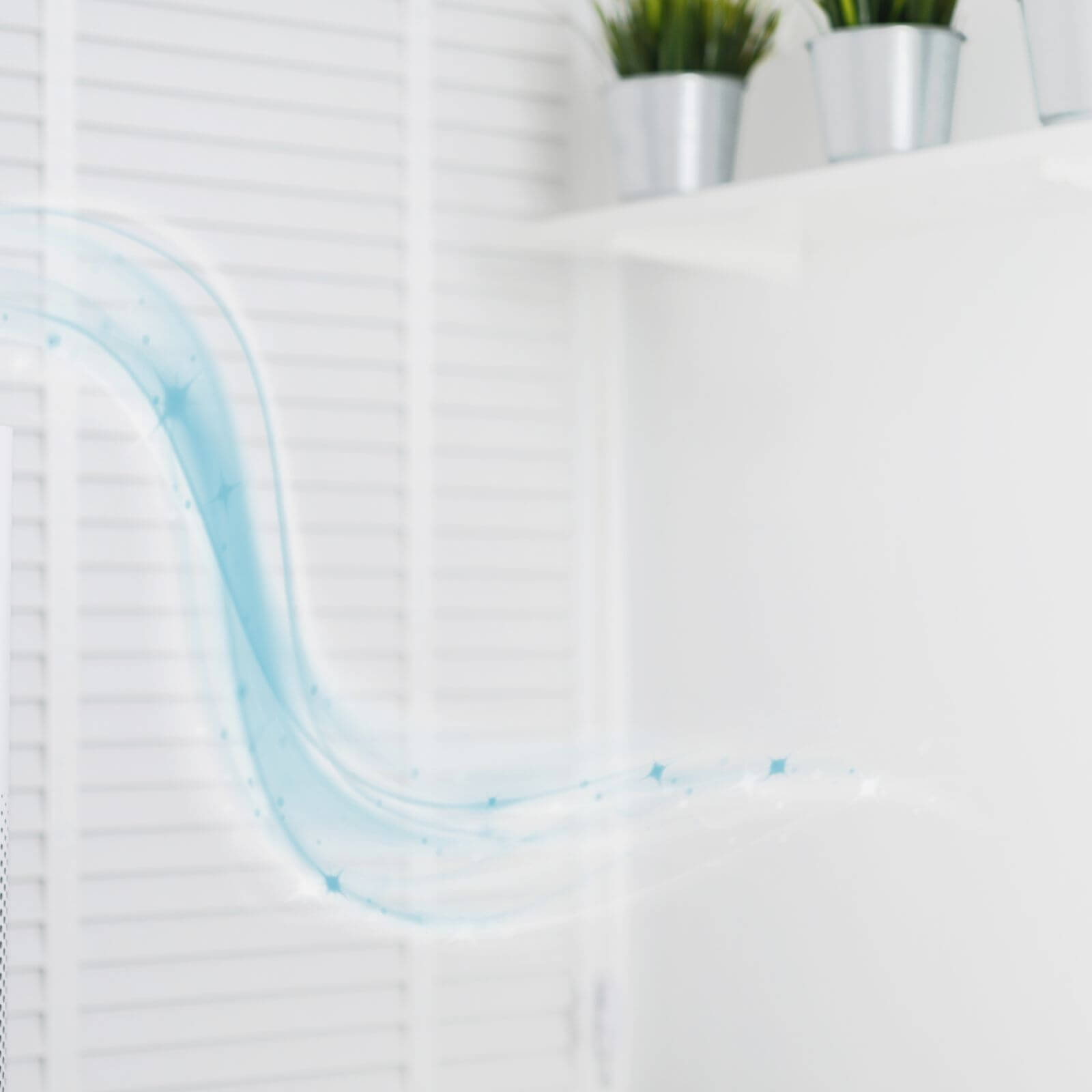
How this purifier helps in daily life
- HEPA + activated carbon + negative ions → reduces fine particles, pollen, dander, odors and helps cut VOCs
- Whisper-quiet ≤30 dB — bedroom friendly
- Works best with doors closed and filter changes every 6–12 months
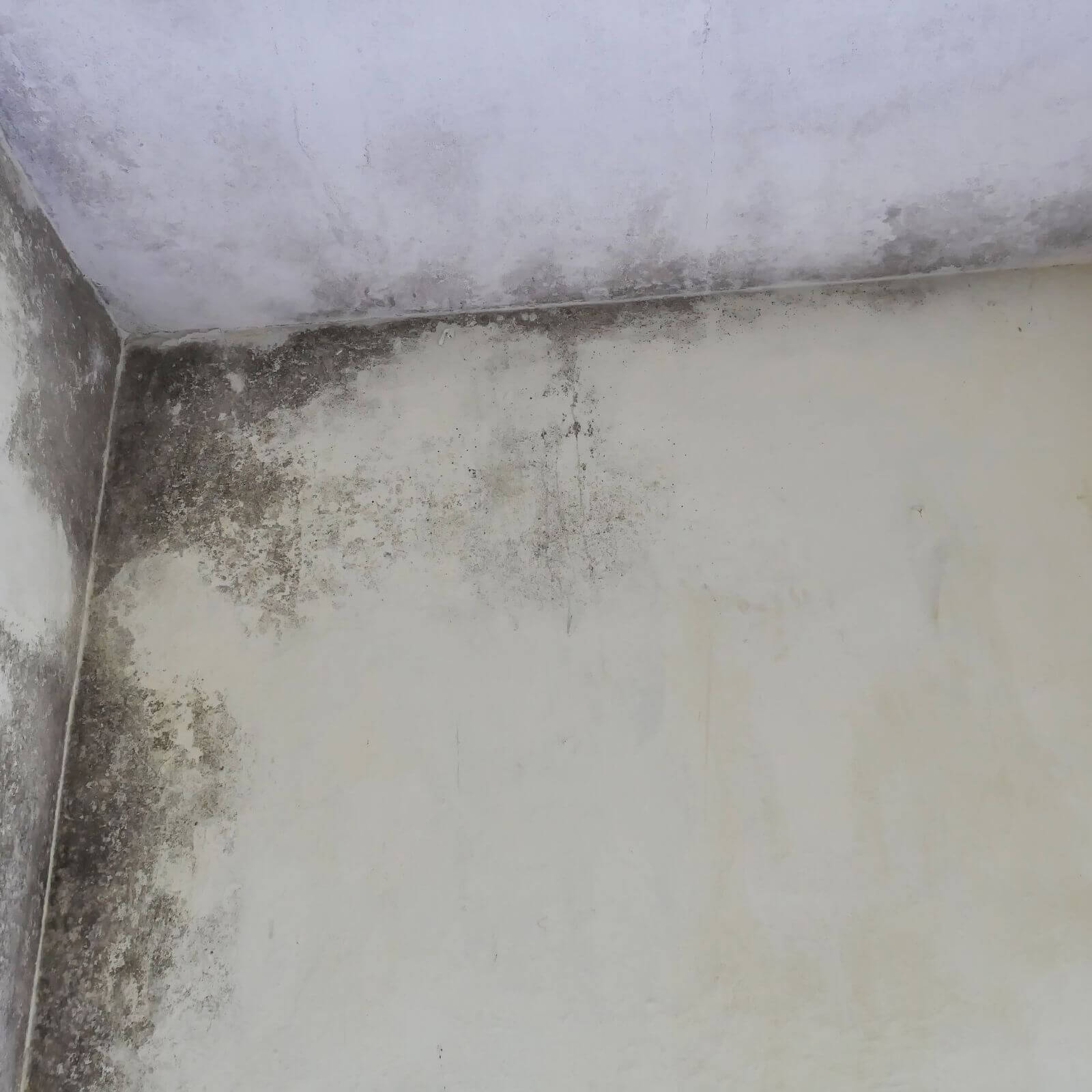
Honestly, what it won’t do
- It won’t replace ventilation or fixing the source (leaks, mold)
- It isn’t a medical device; use as part of good indoor-air habits

For homes with life in them
Pets, cooking, new furniture, great to have, tough on air quality.
This compact purifier tackles the buildup with HEPA + carbon + negative ions, efficient enough for bedrooms and home offices.
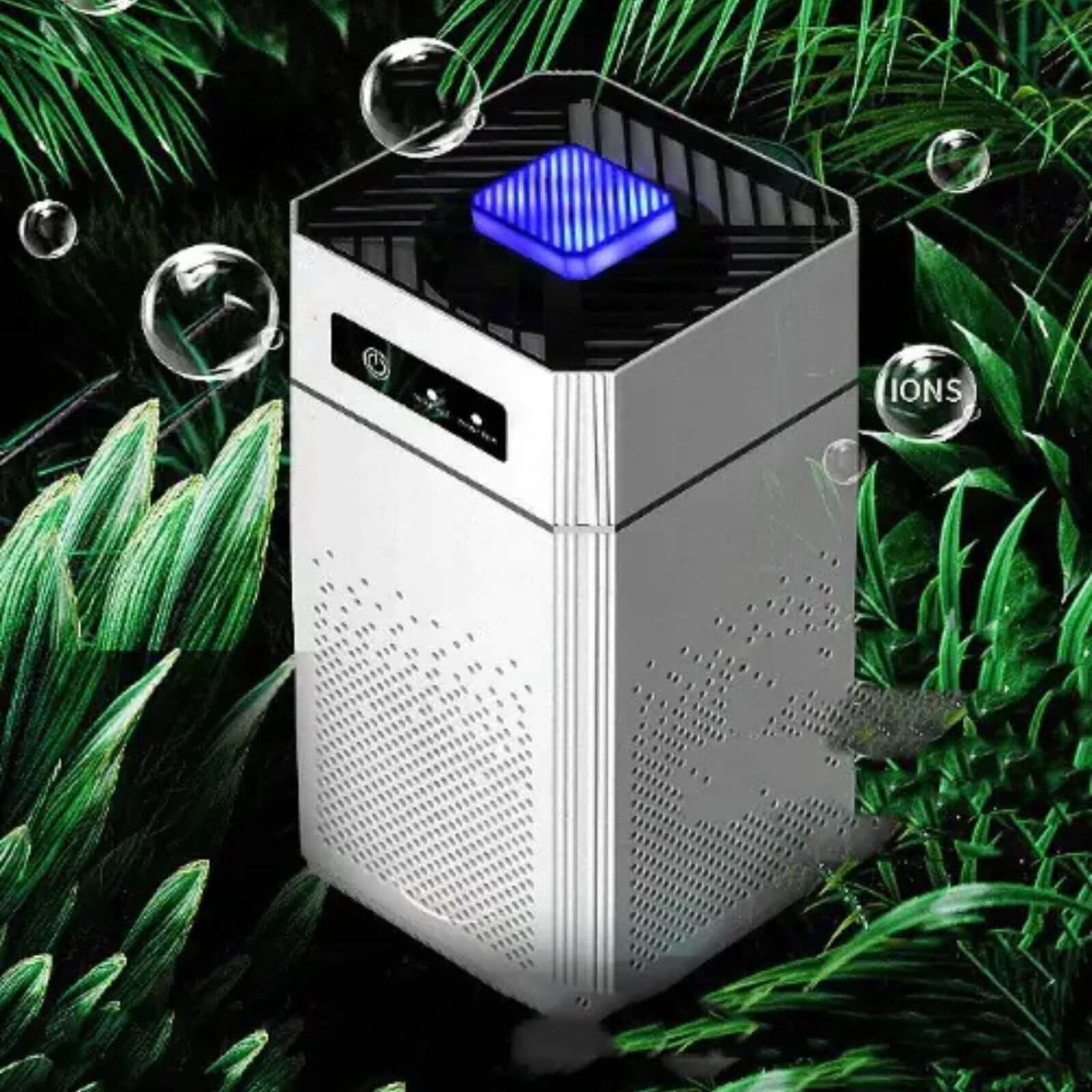
Fresh air, naturally
Negative ions + HEPA & carbon work together to reduce odors, smoke, and fine particles. Quiet enough for daily use, keep living spaces feeling light and clean.
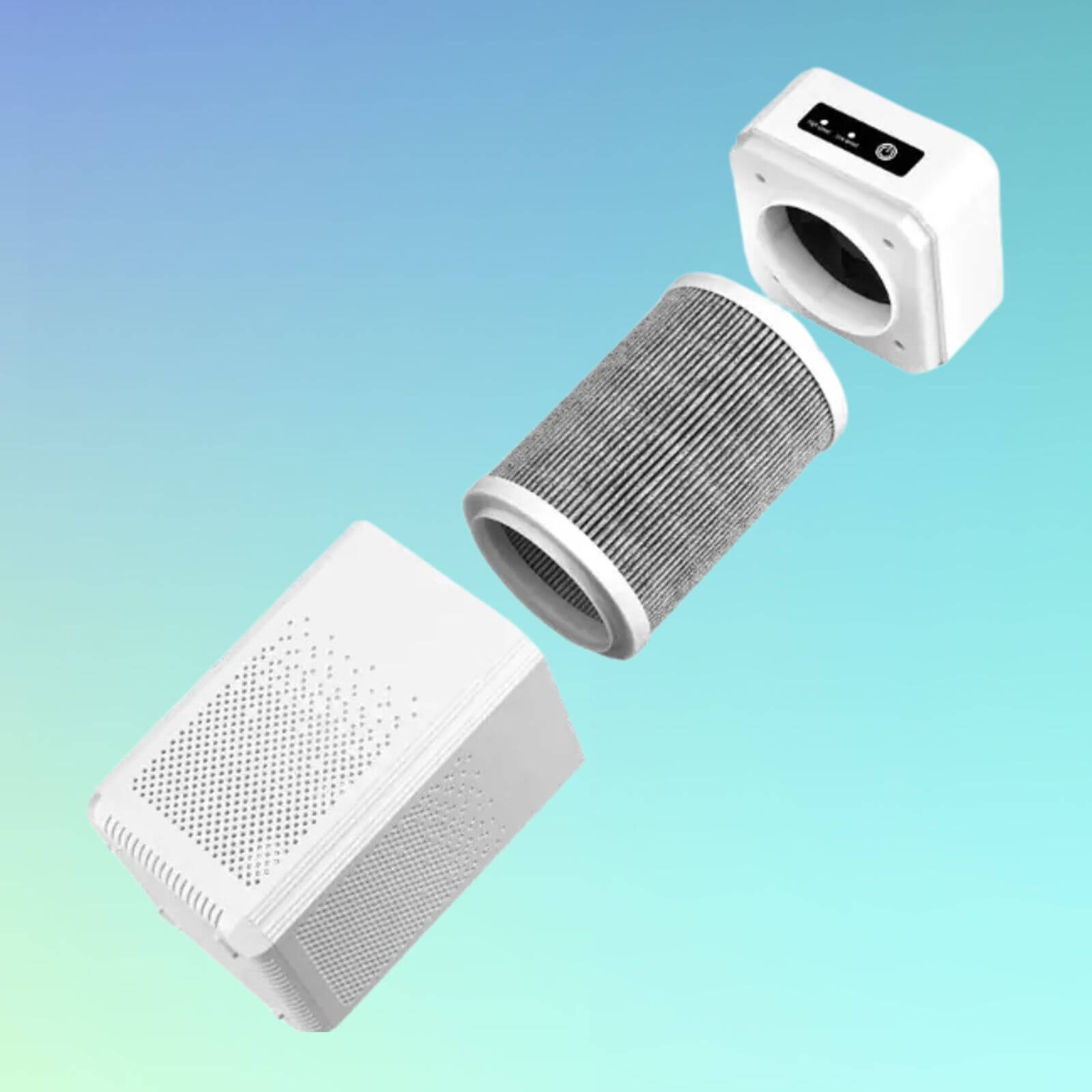
3-in-1 filter, easy swap
High-efficiency cartridge combines pre-filter, HEPA, and activated carbon. Twist off, replace in 6–12 months, and keep performance at its best.
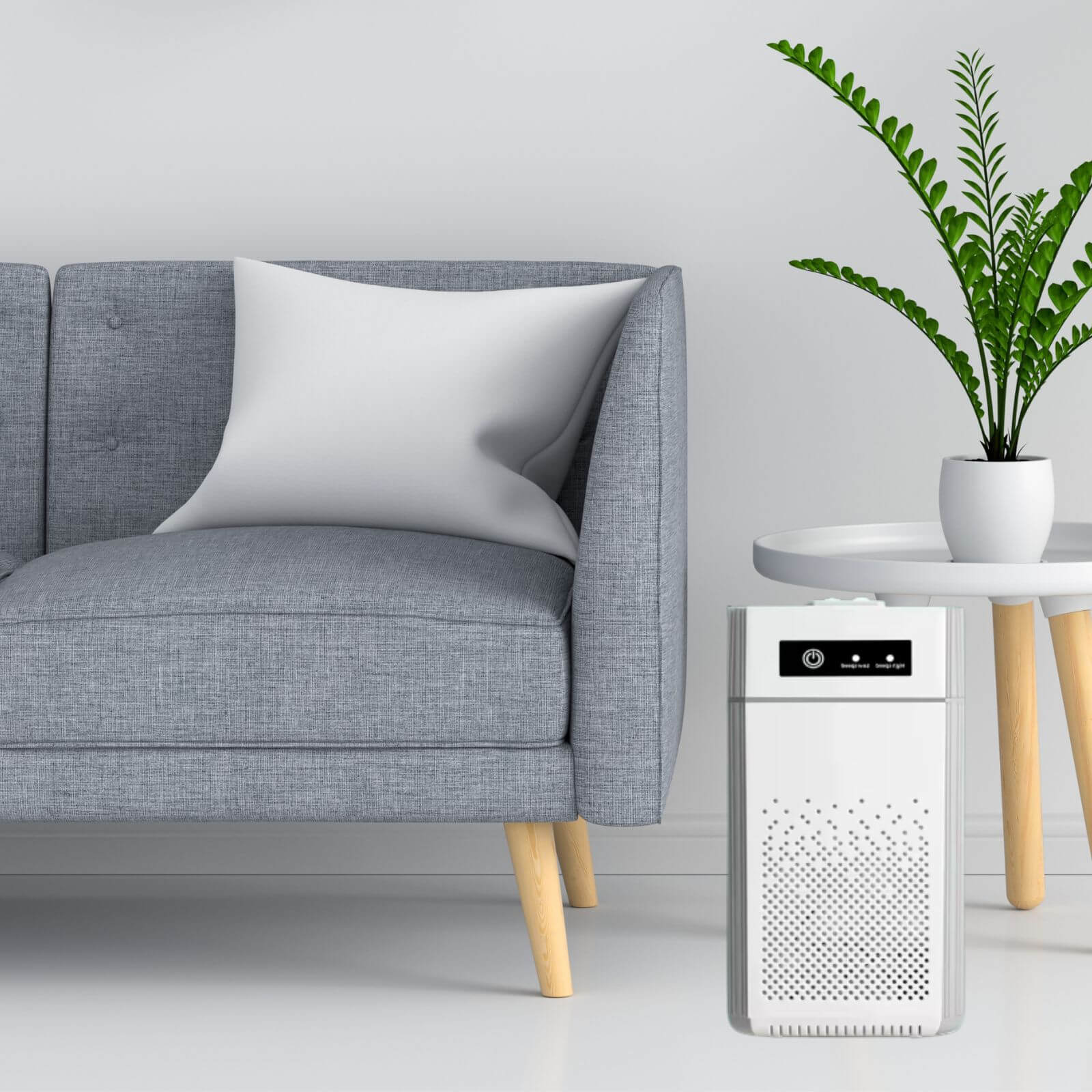
Living-room ready
Low-profile design and ≤30 dB operation fit right in beside your sofa. Clears everyday dust, pet dander, and cooking smells for rooms up to ~300 ft².
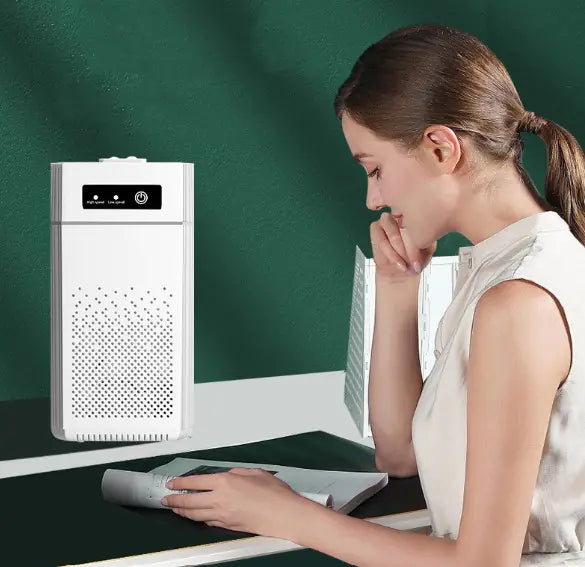
Gentle for bedrooms & nurseries
Whisper-quiet purification that helps cut allergens and lingering odors so rest comes easier. Set it, forget it, and wake up to fresher air.

Orders over €50 ship free.
Try it at home, send it back if it’s not a match.
Encrypted checkout for peace of mind.
Customer satisfaction #1 priority

How it helps you
- You wake up stuffy or sneezy → captures fine dust and pollen so mornings feel easier
- You have pets → reduces dander and lingering pet odors
- You’ve renovated or bought new furniture → helps cut formaldehyde/VOCs from off-gassing
- You cook often → tames cooking and smoke smells that drift into the bedroom
- You need quiet → whisper-low ≤30 dB for uninterrupted sleep
- You want low-effort clean air → simple controls, 20 W efficient, filters last 6–12 months
- Your space is modest in size → ideal for bedrooms/home offices up to ~300 ft²
Frequently Asked Questions
It helps reduce formaldehyde/VOCs (via activated carbon) and captures fine particles like dust, pollen, pet dander, and smoke (via HEPA). It also uses negative ions to help settle airborne particles.
Best for small to mid-size rooms up to about 300 ft² (bedrooms, home offices, nurseries, living areas).
As low as ≤30 dB on the quiet setting - suitable for sleeping areas. Higher speeds are audible but still designed for everyday use.
Yes - activated carbon helps adsorb common household odors from pets and cooking. For strong, persistent smells, pair with ventilation and source cleaning.
Negative ions attach to airborne particles, helping them clump and get captured by the filter. They don’t add fragrance and are designed to assist the filter system.
Typically every 6–12 months depending on use, air quality, and speed setting. If airflow drops or odors persist sooner, replace earlier.
Near the center of the room or where air circulates freely - away from walls and behind furniture. Keep doors/windows closed while purifying.
It can help reduce exposure to common allergens (dust, pollen, pet dander). It is not a medical device; consult your healthcare professional for medical advice.
HEPA filters capture many airborne particles, but no home purifier can guarantee removal of all microorganisms. Use as one part of good indoor air practices (ventilation, cleaning, hand hygiene).
No. Do not add liquids or fragrances to the purifier; they can damage the filter and internal components.
You should notice less dust on surfaces, reduced odors, and easier breathing over several days. Consistent use and on-time filter changes make the biggest difference.











